Proper maintenance of your equipment is key to ensuring durability, optimal performance, and safety. Whether you use tools for home improvement, gardening, construction, or industrial purposes, regular care can save you time and money in the long run. This guide from Equipment Guider will walk you through the essential steps to keep your equipment in top-notch condition.
Why Maintenance Matters
Prolongs Lifespan: Proper care reduces wear and tear.
Improves Efficiency: Well-maintained tools perform better.
Ensures Safety: Regular checks minimize risks of accidents. Saves Money: Reduces the need for frequent replacements or repairs.
Key Tips for Equipment Maintenance
1. Read the Manufacturer’s Manual
The first step is understanding your equipment. The manual provides specific instructions, safety precautions, and recommended maintenance schedules.
2. Clean Equipment After Use
Why it’s important: Dirt, debris, and residue can cause corrosion or clog parts. How to do it: Use a clean, dry cloth for surface cleaning and compressed air for hard-to-reach areas
3. Lubricate Moving Parts
Purpose: Reduces friction, prevents rust, and ensures smooth operation.
Tips: Use manufacturer-recommended lubricants and apply them sparingly to avoid buildup.
4. Inspect for Wear and Damage
What to check: Look for cracks, rust, or worn-out parts.
How often: Conduct weekly or monthly inspections, depending on usage.
5. Tighten Loose Components
Why it matters: Loose screws, nuts, and bolts can cause malfunctions or accidents.
Tools needed: A wrench or screwdriver based on the equipment type.
6. Store Properly
Ideal conditions: Dry, cool places away from direct sunlight or moisture.
Bonus tip: Use protective covers for additional protection.
7. Replace Worn Parts Immediately
Examples: Belts, blades, filters, and seals.
Result: Prevents breakdowns and keeps equipment running efficiently.
8. Follow Scheduled Maintenance
Professional service: Some equipment may require annual or biannual servicing by certified technicians.
DIY: For basic tools, follow a monthly maintenance checklist.
9. Use the Right Equipment for the Job
Why: Overloading or misusing equipment accelerates wear and tear.
Tip: Always use tools within their capacity limits.
10. Keep Records of Maintenance
Purpose: Track past repairs and plan future servicing.
Tools: Use a logbook or digital app for convenience.
Common Equipment Maintenance Mistakes to Avoid
- 1. Ignoring small issues like strange noises or reduced performance.
- 2. Using incompatible parts or accessories.
- 3. Overlooking safety precautions during maintenance.
- 4. Storing tools in wet or humid environments.
FAQs About Equipment Maintenance
Q: How often should I service my equipment?
A: Service frequency depends on usage, but most tools benefit from monthly inspections and yearly professional servicing.
Q: Can I use generic parts for replacements?
A: It’s best to use manufacturer-recommended parts to ensure compatibility and performance.
Q: What should I do if my equipment malfunctions?
A: Stop using it immediately and consult the manual or a professional technician.
Conclusion
Maintaining your equipment is essential for longevity, safety, and performance. Following these tips can avoid unnecessary expenses and ensure your tools remain reliable. For more detailed guides and product recommendations, explore our resources on Equipment Guider today!

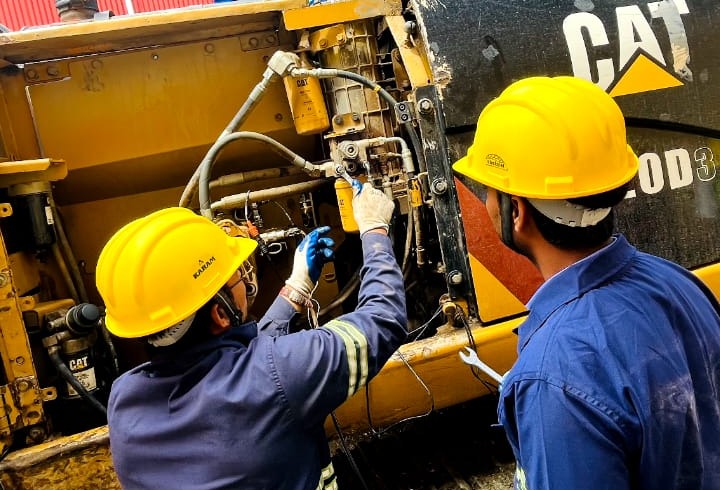
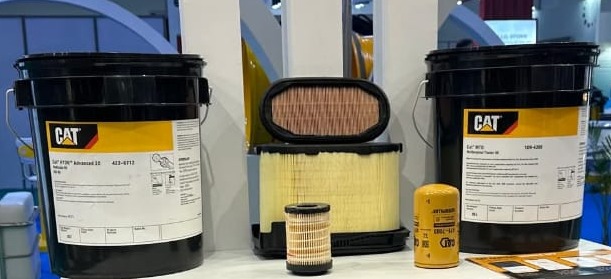
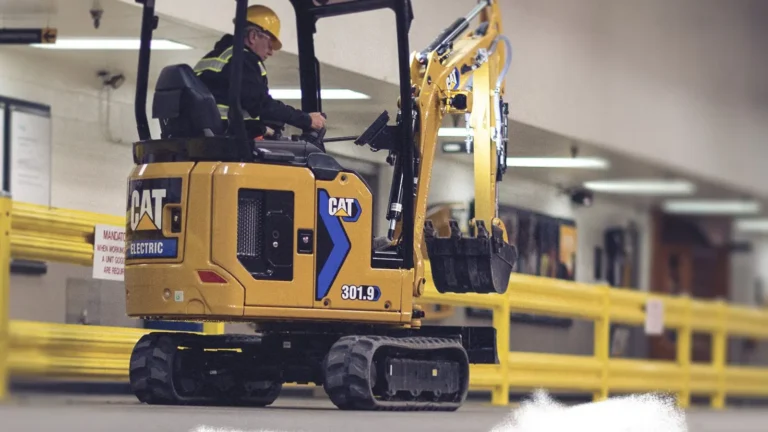
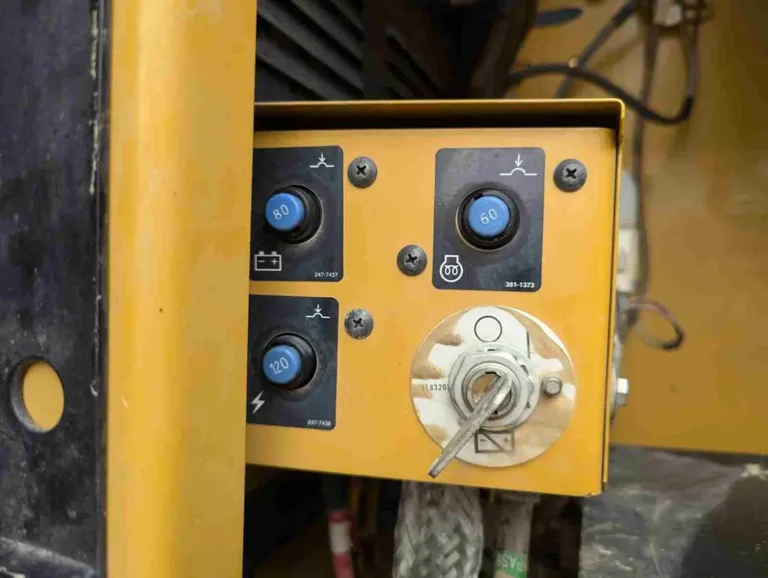
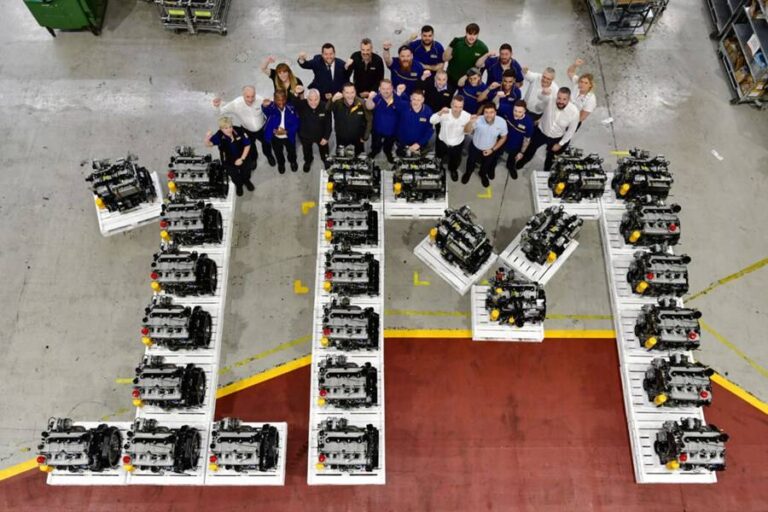
Wonderful 😍